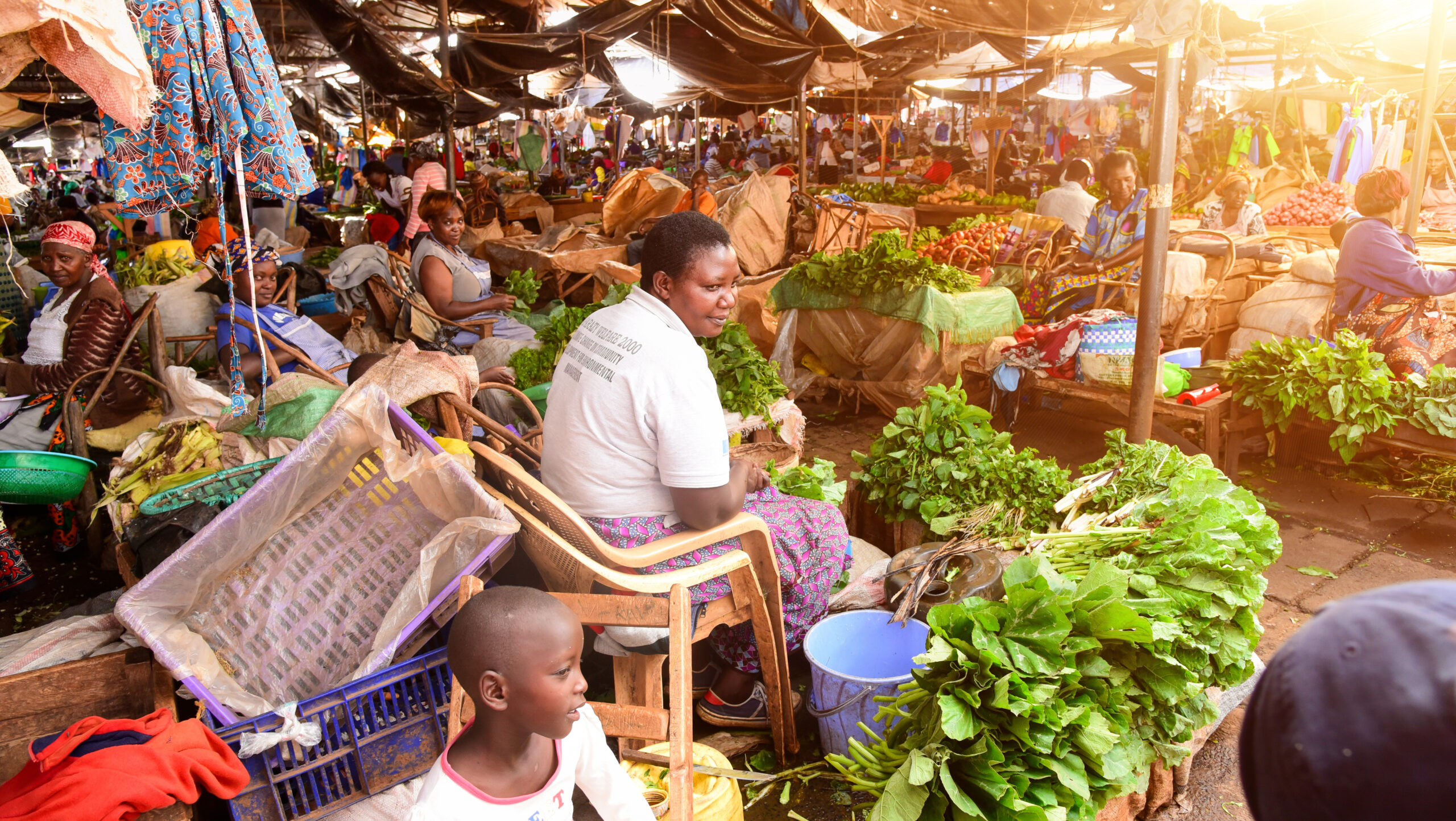Decades of conflict in the Democratic Republic of Congo (DRC) have led to an estimated death toll of 5.4 million and rising, decimated rural infrastructure and institutions, and a chronically underperforming agricultural sector. In 2011, the DRC ranked at the bottom of a list of 81 countries in IFPRI’s Global Hunger Index and dead last of 187 countries in the United Nation’s Human Development Report.
Although agriculture employs more than 70 percent of DRC’s population of 700 million, the country owns the dubious distinction of having the highest rate of malnutrition in the world; of DRC’s 80 million hectares of arable land, only 10 percent is used for food production, as armed civil conflict led farmers to abandon production on war-torn farmlands. In a country where more than 50 percent of the population is malnourished, boosting domestic food production is essential to adequately and sustainably meeting the persistent food-security challenges at hand.
IFPRI researcher Catherine Ragasa and World Bank consultant Jennifer Golan wondered if rural producer organizations could provide farmers with the essential services they need to spur agricultural growth in DRC and other fragile and post-conflict states. Rural producer organizations (RPOs) are groups— such as farmer-based organizations, women’s organizations, youth organizations, local development groups, village associations, and unions or federations— that facilitate collective action in agricultural production, processing and marketing, and various aspects of rural livelihoods. Recently, hope has surged that these organizations could fill the void of state-provided services in post-conflict states; playing the commanding role in service provision that would ultimately encourage rural development. In their discussion paper, “The Role of Rural Producer Organizations for Agricultural Service Provision in Fragile States,” Ragasa and Golan investigate if and how this could play out.
As part of a larger study assessing the state of agricultural extension in DRC, Ragasa and Golan studied 181 rural producer organizations from 145 randomly selected villages in three provinces in Western Congo. While these three provinces were not as severely impacted by conflict in recent years as were those in the East, incidence of food insecurity and child malnutrition remains high.
The researchers found that RPOs are not a silver bullet when it comes to catalyzing development in the agricultural sector. They cannot entirely fill the vacuum of publicly-financed services in fragile states. In fact, the effectiveness of RPOs represents a bit of a Catch-22: RPOs need good governance and proper security to maximize benefits for their members, however they have the most to offer communities without these conditions, specifically when strong government institutions (and the services they provide) are largely absent.
The study found that RPOs are most effective when they link with other potential sources of services, information, technical support, and market outlets; benefit from external support during setup; offer management and organizational training to their key officials; and have committed, active members. In addition, Ragasa and Golan discovered that understanding and addressing the sources and causes of conflict is crucial for developing and implementing successful agricultural and rural development strategies.
So what’s the bottom line? As is the case with any effective development project, context is everything. RPOs can often contribute to the broader agricultural development of fragile and post-conflict states by bridging the gaps in service provision. However, as the researchers found, “there is no guarantee that they are able to do so.”







